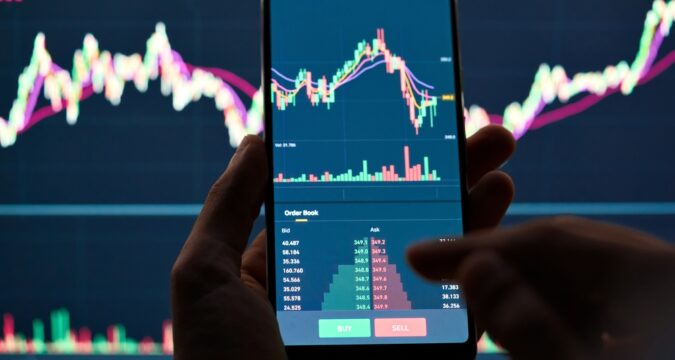
You have probably come across the terms ‘Futures’ and ‘margin trading’ if you have interacted with various crypto trading platforms. In case you are wondering what they are all about, this article is for you.
What’s Margin Trading?
Margin trading involves investors borrowing funds from a crypto exchange to purchase more assets. The balance available in a trading margin account is usually used to collateralize the loan. The exchange liquidates the investor’s assets if the investment value falls significantly.
In crypto margin trading, the leverage amplifies both losses and gains. If a trader encounters losses that lead to a margin call, the exchange is at the liberty of liquidating the trader’s collateral without their consent.
How Does Margin Trading Work?
In margin trading, crypto investors take out loans from exchanges to trade. They’re required to deposit funds that serve as collateral into their margin accounts. The loan attracts interest which can be paid in weekly and monthly installments or even at the end of the loan period.
The loan helps an investor increase their purchasing power to buy more crypto assets. It is worth highlighting that the assets bought are automatically treated as collateral for the loan.
Margin Trading Leverage
Margin accounts are usually meant for leveraged trading. Leverage represents the ratio of the loan to the margin. For example, a trader may want to open a trade worth $9,000 at a leverage of 9:1. To execute this trade, they will be required to commit $900 of their capital.
Leverage ratios normally vary from one market to another. In the stock market, the ratio is 2:1, while in futures contracts, it stands at 15:1. However, leverage ratios in crypto margin trading go as high as 125:1.
What’s Futures Trading?
Futures are derivative contracts that tie a purchaser and a seller of a certain crypto asset to complete the deal at a predetermined price at a particular date in the future. In other words, the buyer receives the asset in question at the established price regardless of the asset price at the time the contract expires.
Investors can trade futures contracts on dedicated exchanges such as the CME Group, which is the most popular.
The Futures Industry Association report indicates that over 31 billion futures contracts were executed in 2022, up from 28 billion traded the previous year. That shows a growing interest in this investment type.
Differences Between Margin Trading and Futures
Different markets: The main difference is the markets where futures and margins are traded. Futures contracts are traded in a derivative market, while Margin trading happens on the spot market.
Leverage: In crypto margin trading, leverage ranges between 5% and 25%, while it can go beyond 100% in futures.
Collateral allocation: In futures contracts, only a good faith deposit is required to serve as collateral, while margin account holders must pay interest on the loans borrowed to leverage the market.
Duration: In margin trading, there is no predetermined expiry date for the trade, and the investor can keep the crypto asset leveraged for as long as they wish. On the other hand, futures contracts have expiration dates that dictate how long an investor can hold a position.
Types of investors: Futures suit long-term investors, while margin trading is ideal for short-term investors.


